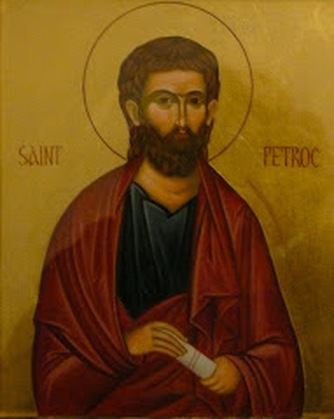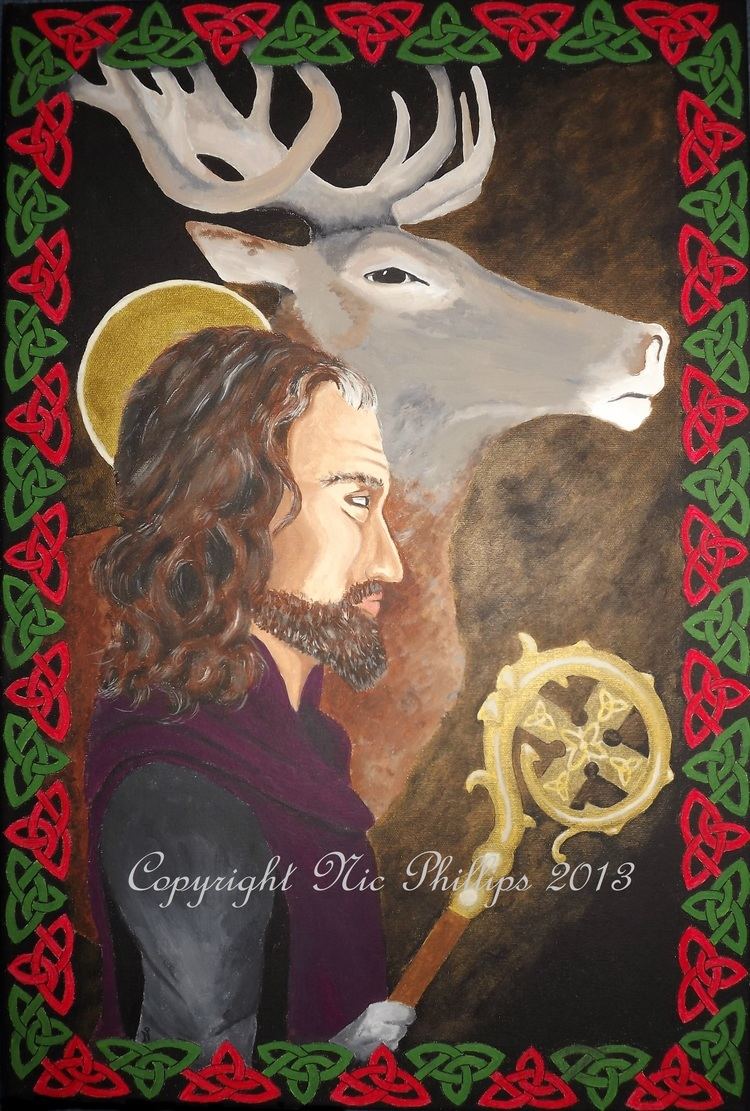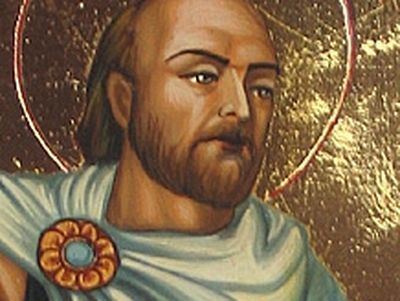Canonized Pre-Congregation Name Saint Petroc Patronage DevonCornwall | Attributes Wolf, Stag, Church Feast 4 June | |
 | ||
Died 564 AD, Padstow, United Kingdom | ||
Marshall saint petroc march
Saint Petroc or Petrock (Medieval Latin: Petrocus; Welsh: Pedrog; French: Perreux; died c. 564) was a British prince and Christian saint.
Contents
- Marshall saint petroc march
- Fairfield hs saint petroc 2010 foothill band review
- Life
- Veneration
- Modern uses
- References

Probably born in South Wales, he primarily ministered to the Britons of Devon (Dewnans) and Cornwall (Kernow), where he is associated with a monastery at Padstow, which is named after him (Pedroc-stowe, or 'Petrock's Place'). Padstow appears to have been his earliest major cult centre, but Bodmin became the major centre for his veneration when his relics were moved to the monastery there in the later ninth century. Bodmin monastery became one of the wealthiest Cornish foundations by the eleventh century. There is a second ancient dedication to him nearby at Little Petherick or "Saint Petroc Minor".

In Devon ancient dedications total a probable seventeen (plus Timberscombe just over the border in Somerset), mostly coastal and including one within the old Roman walls of Exeter as well as the villages of Petrockstowe and Newton St Petroc. In Wales his name is commemorated at St Petrox near Pembroke, Ferwig near Cardigan and Llanbedrog on the Llŷn peninsula. He also became a popular saint in Brittany by the end of the tenth century.

Fairfield hs saint petroc 2010 foothill band review
Life

The earliest Life of Petroc states that he was the son of an unnamed Welsh king: the twelfth century version known as the Gotha Life, written at Bodmin, identifies that king as Glywys of Glywysing (Orme 2000, p. 215) and Petroc as a brother of Gwynllyw and uncle of Cadoc.

He studied in Ireland, where later he is said to have been the teacher of Saint Kevin.

For his further improvement he made a pilgrimage to Rome, and returning to Cornwall, shut himself up in a monastery of which he was himself the founder, at a place since called from him Petrocs-Stow, now Padstow, which stands at the mouth of the river Camel on the North Cornish Coast. All accounts indicate that Petroc retired from Padstow to Bodmin, and there founded a second monastery and a great church which King Athelstan afterwards favoured with great benefactions and singular privileges.
Petroc founded churches in Little Petherick and Bodmin and in many parts of Britain, Wales and Brittany. He is said to have converted Constantine of Cornwall to Christianity by saving a deer Constantine was hunting. After thirty years, legend says that he went on the pilgrimage to Rome by way of Brittany. The place of his death was reputedly at a house belonging to a family named Rovel, thought to be a farm now called Treravel near Little Petherick.
Veneration
With Saint Piran and Saint Michael, he is one of the patron saints of Cornwall. He was described by Thomas Fuller as "the captain of Cornish saints".
The legendary tales surrounding Petroc are exceptionally vivid and imaginative (giving him a second pilgrimage, travels to India, taming wolves) and may represent interpolation from pagan tales. In iconography, like several other British saints, Petroc is usually shown with a stag. His feast day is 4 June.
In 936, King Athelstan of England annexed Cornwall and granted privilege of sanctuary to Padstow, there only being two other churches in Cornwall with this privilege.
His major shrine was always at St Petroc's Church, Bodmin. In 1177, a Breton stole his relics from Bodmin and gave them to the Abbey of St Meen. However, Henry II restored them and, though the relics were thrown out during the English Reformation, their beautiful ivory casket is still on public display at St. Petroc's in Bodmin. His remains were reputed to have ended in the bay of Hailemouth near Padstow.
